The Hondo H-737
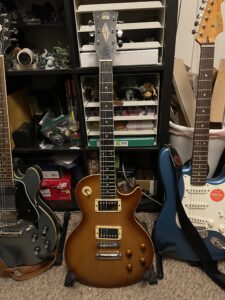 I recently began the process of downsizing my pedal collection, as touched upon in this post. Two of the pedals that I was selling were $30-$35 mini pedals that you can snag on Amazon, a Mosky Plexi-M and a Kokko Compressor. If I’m spending $30 on a pedal, I’m pretty much writing off the cost.
I recently began the process of downsizing my pedal collection, as touched upon in this post. Two of the pedals that I was selling were $30-$35 mini pedals that you can snag on Amazon, a Mosky Plexi-M and a Kokko Compressor. If I’m spending $30 on a pedal, I’m pretty much writing off the cost.
I saw someone post up an ’80s Hondo Les Paul copy for $175 and would accept trades. I sent an offer for an Earthquaker Devices “Dunes” pedal and one of those two mini pedals. The seller countered and asked all three pedals. I agreed and we were on our way to pick it up. I was selling that Dunes pedal for $130. I look at it like this guitar cost me $130.
Some Background
Now, for those of you unfamiliar with Hondo guitars, they were made overseas in Korea, with the “Professional Series” being made in Japan. According to this page on this Samick wiki, this model was made in 1981, which makes it a 41 year old guitar. Hondos used to be found in a lot of pawn shops along with other “crappy” brands like Aria, Harmony, Tesco, Kent, etc. Most were made with inferior tuners and hardware, electronics, pickups, wood…you name it.
After owning my E-series Japanese Squier, I always looked down my nose at those stupid copycat wannabes. My first electric guitar? A Memphis brand Strat copy with one humbucker. What a hypocrite.
That all changed when I saw The Beastie Boys played “Sabotage” at the 1994 MTV Music Awards many years later and realized the dude was playing a Hondo. “Well, if it’s good enough for a professional musician, I should give one a try”. I’d entertain a purchase every time I went into a pawn shop, but any of these cheesy import copies played terribly or the pickups didn’t work quite right and I’d pass. I still looked down on the Les Paul copies with bolt on necks.
Back then, I didn’t know about setups, replacing pickups or the electronics, or any of the magic that my friend, Big John, can do. That E-series Squier? I parted it out after the electronics died. Man, do I ever kick myself for that. But, replacing pickups won’t make a terrible neck be not terrible. It won’t make worn frets not need replacing. Before you know it, you’re investing twice what the guitar is worth into the guitar when you could just spend those hundreds of dollars on a better instrument to start.
So, How is it?
Well, here I am, in September of 2022 and I now own a Hondo. I played the guitar for about 5 minutes and could tell that it played really well. I mean, REALLY well.The guitar had some issues, which I’ll get to in a moment, but I made the deal without any hesitation.
Now, don’t get me wrong, I’m not some end-all-be-all final word on what makes a guitar play well, but I’ve owned some nice guitars over the years and Big John has worked magic on almost every guitar in my collection. I’d like to think I know when a guitar plays well, or at least has the bones to be made to play well.
I got it home, plugged it in, and played it…and kept playing it. It was hard to put down. Everything just felt effortless to play. Now, the strings feel slinky, but I’m used to playing .11s on my Les Paul sized guitars and these feel like .9s or MAYBE .10s, but either way, I feel like it could be tightened up.
Did I Sell it?
I put the guitar up on Craigslist and Facebook Marketplace for about a week. I was tempted to keep it, but “I don’t need a cheap guitar that’s going when I have other guitars that do the same thing”, right?
I took the ad down yesterday. I’m going to keep it and turn it into an experiment.
Edit 11/13/22
Yes. I did. I ended up finding a 70s import copy that MIGHT have been made in 1978, so I bought it and sold this to Big John.
The neck is a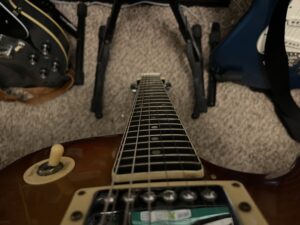 mazing. Sure, it doesn’t have the fancy trapezoid inlays of an actual Les Paul model, but it plays smooth, my hands don’t hurt as much when I play it, and there are no dead spots that I can find.
mazing. Sure, it doesn’t have the fancy trapezoid inlays of an actual Les Paul model, but it plays smooth, my hands don’t hurt as much when I play it, and there are no dead spots that I can find.
I remember the word of warning I got about how unplayable the guitar was likely to be. Guitars like this generally aren’t cared for. They sit in terrible conditions: hot temperatures, poor humidity, leaned up in a corner of a room for years, etc.
Given the price point of the guitars then, and even now, the best pieces of wood weren’t used in the manufacturing of these instruments.
One 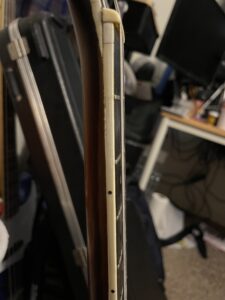 of the best parts is how low the action is. It’s a struggle many guitarists go through and, especially in the beginning, have no idea just how common it is for a guitar straight off the rack to need a setup. A good setup can make a night and day difference in just how well a guitar plays. It’s not something to be discounted or overlooked.
of the best parts is how low the action is. It’s a struggle many guitarists go through and, especially in the beginning, have no idea just how common it is for a guitar straight off the rack to need a setup. A good setup can make a night and day difference in just how well a guitar plays. It’s not something to be discounted or overlooked.
Most guitarists can learn to do the basics of raising or lowering the saddles and maybe even turning the truss rod a 1/4″ or so, but, like any skill, it takes the right tools and a lot of experience to get good at it.
Many of these cheap imports have pretty terrible action and getting it low enough to make the guitar easier to play takes a good luthier and a little bit of luck.
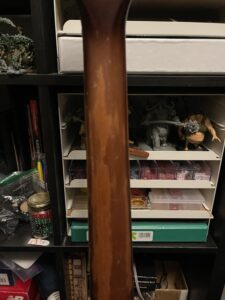 The back of the neck has been nicely broken in over the years, unless these guitars came like that, but somehow I don’t find that to likely be the case. You can see how some of the finish has started to wear away. There are people who pay hundreds of dollars for “relic” jobs that artificially replicate this. What this tells me is that this guitar has indeed been played in it’s 40+ years of existence.
The back of the neck has been nicely broken in over the years, unless these guitars came like that, but somehow I don’t find that to likely be the case. You can see how some of the finish has started to wear away. There are people who pay hundreds of dollars for “relic” jobs that artificially replicate this. What this tells me is that this guitar has indeed been played in it’s 40+ years of existence.
Thro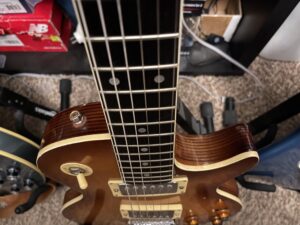 ugh a combination of a number of things, nothing I can say for certain beyond my experience owning far too many guitars of varying quality over the years, this guitar plays beyond its pedigree.
ugh a combination of a number of things, nothing I can say for certain beyond my experience owning far too many guitars of varying quality over the years, this guitar plays beyond its pedigree.
As much as I have drifted away from my football obsession, my Gibson and two PRSi would be the equivalent of a rookie wide receiver born with natural ability, while the Hondo would be the journeyman player who stands toe to toe with them via practiced skill and a healthy dose of luck.
If someone had bought this before I took the ad down, they’d have been blown away. And this is before Big John gets his hands on it.
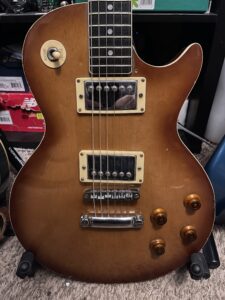 The “brown sunburst” body is beat up, and it’s beat up pretty bad. Dents, chips, gouges, and all sorts of damage can be found all over the guitar, though the front has fared better than the sides, back and headstock.
The “brown sunburst” body is beat up, and it’s beat up pretty bad. Dents, chips, gouges, and all sorts of damage can be found all over the guitar, though the front has fared better than the sides, back and headstock.
This guitar, and the non-working Kent Tele copy that I owned for a short while, are made of “laminate” wood, which is a pretty way of saying ply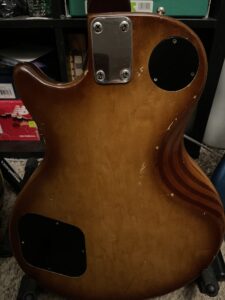 wood. You can see the layers in the contour of the back of the guitar.
wood. You can see the layers in the contour of the back of the guitar.
I remember buying a laminate telecaster body on eBay or Amazon and it not being represented as such. That thing weighed next to nothing. The tops and bottoms were almost like veneers and it was pretty hollow inside. It was not worth what I paid.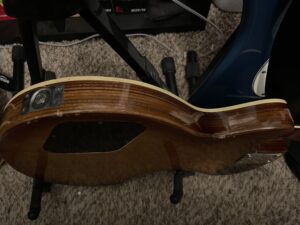
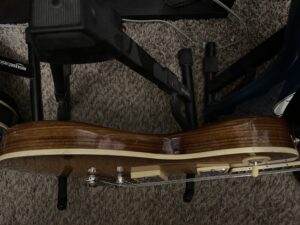
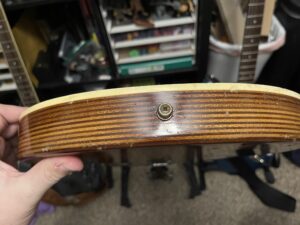
In the Hondo’s case the wood is nato, which I’ve never heard of being used before. A quick Google search tells me that it’s referred to as “Eastern Mahogany” and offers a cost-effective way of getting the look and characteristics of mahogany, which is the wood most often used for Les Paul style guitars. Laminate nato would be an even further cost-saving.
Normally, guitars are made some multiple pieces of solid wood (or rarely a single piece of wood). Laminate guitars often lack resonance when played unplugged, tend to be brighter (at least in my experience), but also tend to be much lighter than a solid wo od guitar of the same model.
od guitar of the same model.
The headstock is also where the most obvious wear and tear can be found. In looking at pictures of these guitars, the tuners have been replaced with open back tuners (or the back covers were taken off of the originals) and then one of the tuners has been replaced beyond whichever of those two things happened.
I do think  the top of the headstock is one of the cooler headstocks that don’t just straight up copy the open book look of Gibsons (something Epiphone has finally come around to actually doing…the Epiphone headstock is one of the worst, in my opinion).
the top of the headstock is one of the cooler headstocks that don’t just straight up copy the open book look of Gibsons (something Epiphone has finally come around to actually doing…the Epiphone headstock is one of the worst, in my opinion).
 The pickups look like chrome-covered humbuckers, but that Samick Wiki page will tell you they are not. They are single coil pickups with humbucker covers.
The pickups look like chrome-covered humbuckers, but that Samick Wiki page will tell you they are not. They are single coil pickups with humbucker covers.
Single coil pickups are NORMALLY like the ones you see in a Strat or Tele. The magnets are in the middle of the pickups. There are single coil pickups called P-90s that are the size of humbuckers but the magnets are again in the middle of the pickups.
I can’t find pictures of what the actual pickups look like, so I’m quite curious.
Les Paul guitars are normally darker, bassier guitars, but this one is very bright, and that’s with the neck pickup. The bridge pickup, which is traditionally the brighter pickup, gets pretty rough and I almost have to turn the tone knob all the way down to tame it.
The thing is, the pickups are nice and clear, even with overdrive. I’m almost hesitant to change them because that will probably change the character of the guitar.
However, all of that praise comes with a downside. They are microphonic. In my Facebook sale post, someone who claimed they worked for Samick said they were even aware of this issue.
Not aware of what microphonic is? The pickups pick up EVERYTHING. Tap on the guitar with a pick? Use the selector switch? Make any noise at all? The pickups pick it up and it’s loud. Too much volume or too much gain and the pickups squeal and feedback, and not the good feedback of the ’90s. This is “icepick in the ear” high pitched. It is NOT pleasant.
Now, for me, and the way I play and record, this isn’t too much of an issue. My amp sits between 2 and 3 on the volume knob and I don’t record with too much gain. It CAN start to feedback, but I’ve figure out where to set things to keep it from doing that.
Most guitarists, however, would find this to be an issue. You can fix the issue by “potting” the pickups in wax, but that can kill some of the mojo a microphonic pickup, and perhaps the clarity that makes this guitar so endearing to me.
I’m torn between replacing the pickups with some cool GFS pickups that aren’t traditional humbucker, like a filtertron or wide-range humbucker, and keeping the guitar as is and having Big John work as much magic as he can.
Here’s a demo I did of the guitar, an MXR Timmy, and a 40th Anniversary Boss SD-1. At one point I misspeak about the pickup I’m using. Each section, until the end when I change and don’t announce it, goes: Neck, Bridge, Middle positions
When I traded for the guitar, the jack was incredibly loose. In fact, it was held in by a small rubber washer. I assumed it needed a hex nut, but it was just not screwed in place.
I took the back control plate off, added a bigger hex nut Big John gave me, and it’s tight now. I don’t need that rubber washer. That definitely helps with the noise of the pickups and random buzzing that would happen because the input was all wibble-wobbling around.
The pots that control the tone and volume are really small, and quite cheap. The wiring is thin. The control cavity is unshielded. I bet some shielding paint and/or copper tape would go well with new guts. The guitar might still be microphonic, but it would help quiet some of the noise down
In Conclusion
The guitar has warts, but those warts are kind of part of the charm of it. I’m incredibly lucky that the neck plays as well as it does. The frets have hardly any wear and tear on them, and I wonder if they were refretted at some point, but that would cost twice what this guitar is worth.
Do I think that every Hondo or other cheap import is going to be this good? No, quite likely not. If you’re not familiar with the ins and outs of guitars, it’s likely a good idea to take someone with you. If you’re buying a first or second guitar, it might not be a good idea. The best thing to do is simply play it. Does it play anywhere REMOTELY close to the guitar or guitars you have? Trust your gut.
I trusted mine and had a guitar that I really liked and only sold because I found something else just a tad older, in better shape, and that required less work to make “right”.

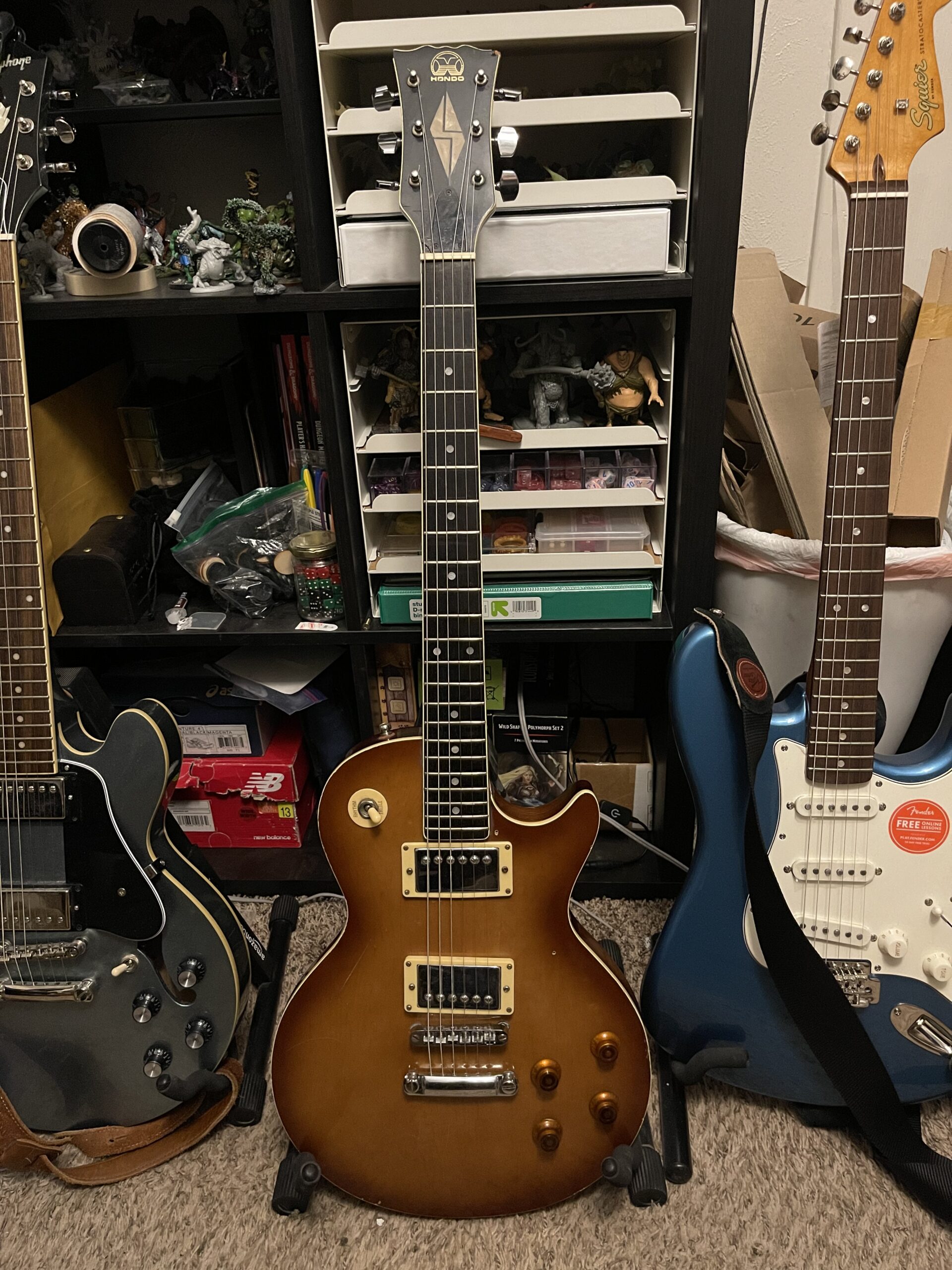
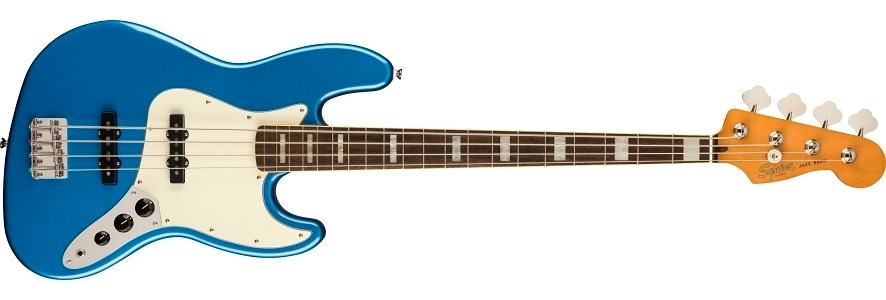
Comments on “The Hondo H-737: Are “Bad” Guitars Actually Bad?”